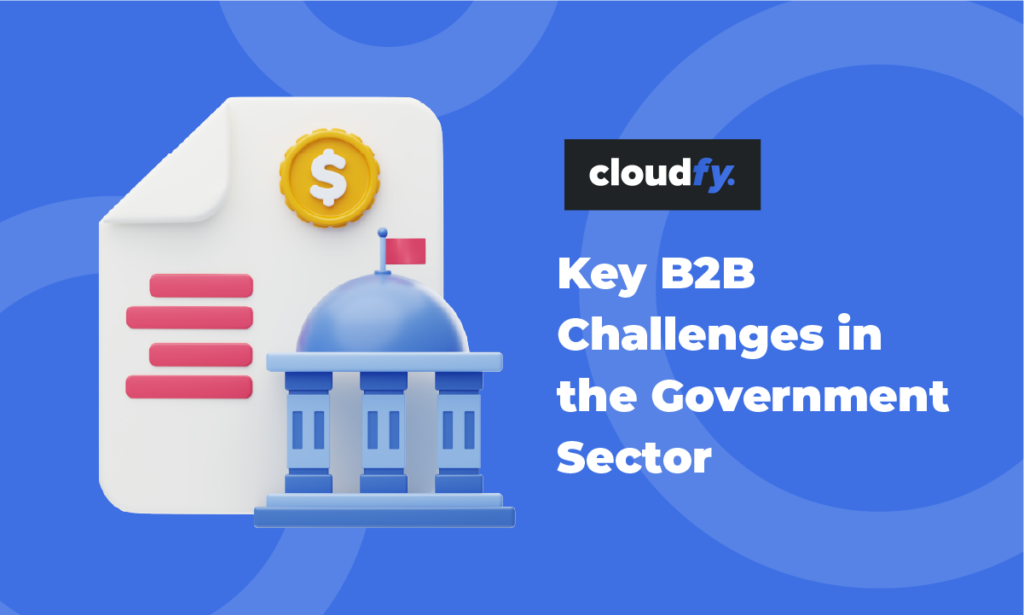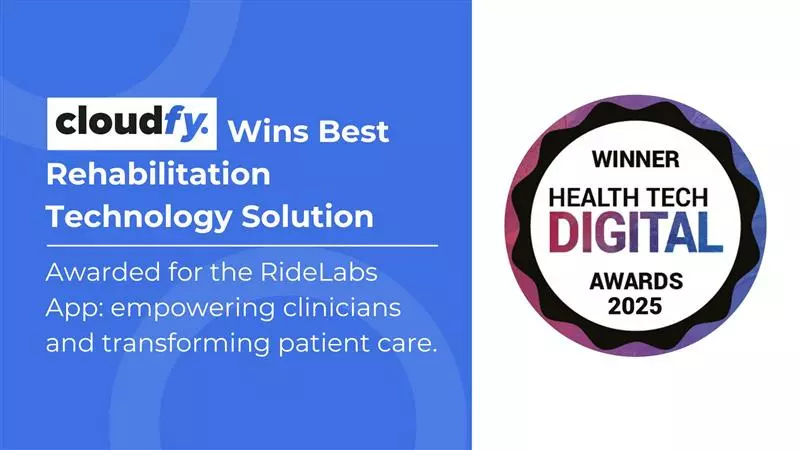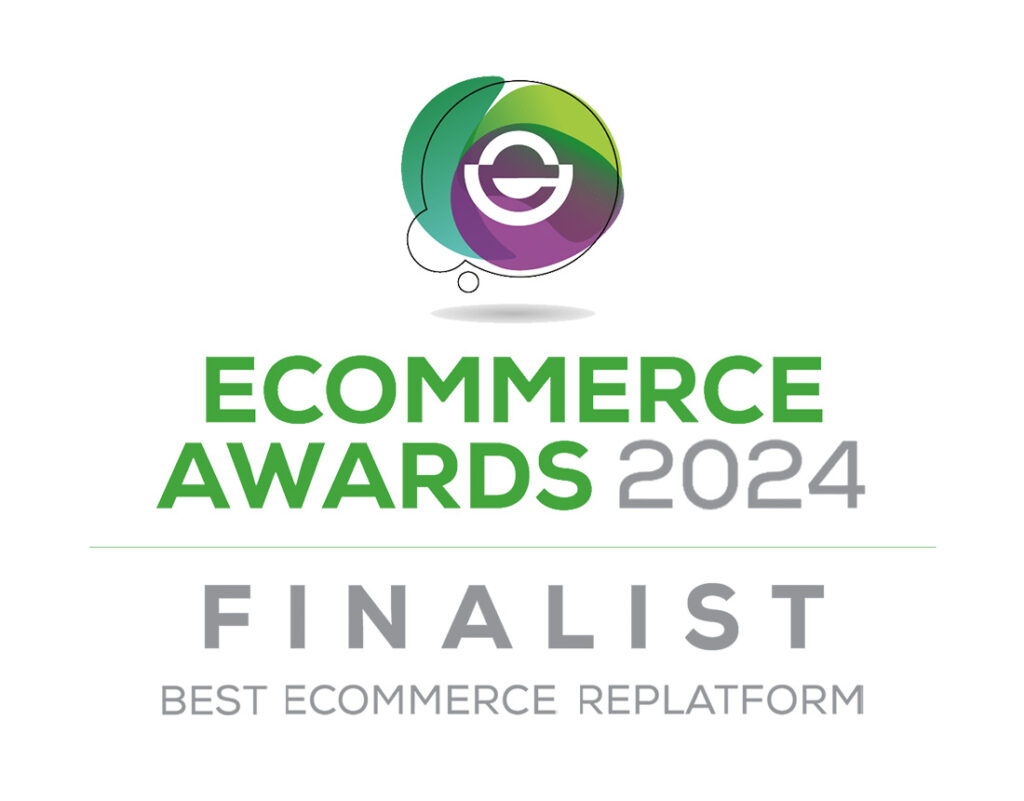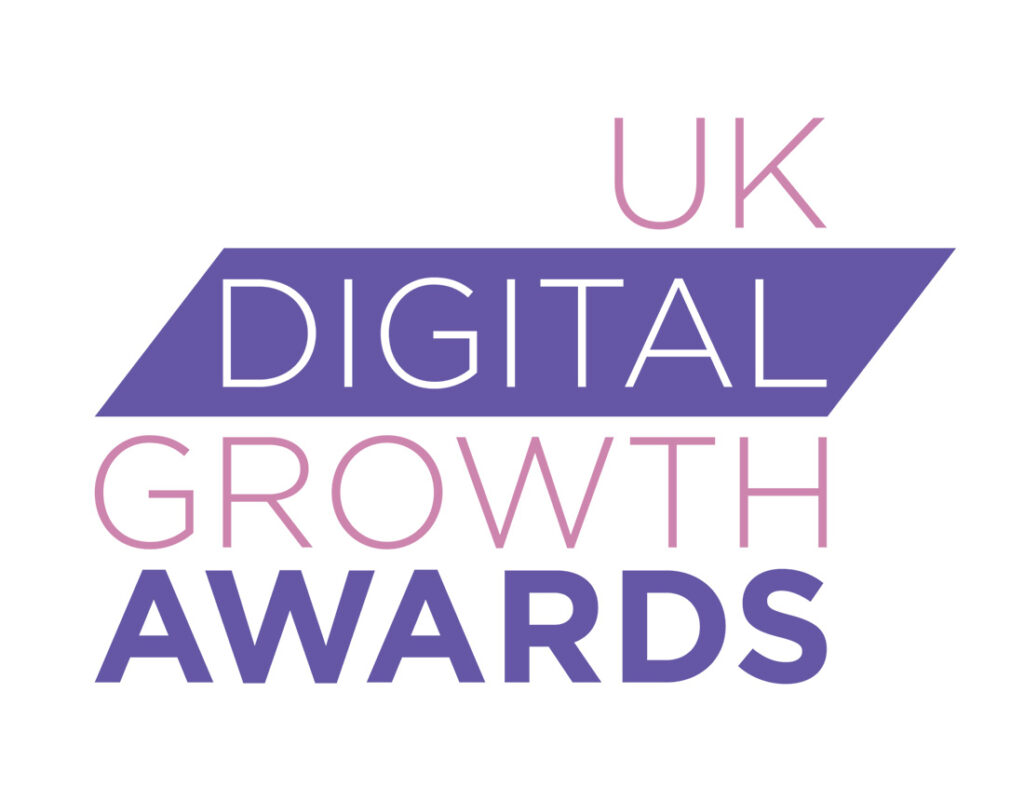To start with, you will have completed your S.W.O.T and P.E.S.T. analysis and know where you sit in comparison to your competitors. You know your U.S.P.s and might even have identified a huge strategic opportunity to grow your business. So, what do you do next, how can you use what you know to seize the opportunity and build an effective strategy for B2B marketing?
K.I.S.S. – Keep It Simple Stupid! This really is a sound start, don’t over complicate and stay focused on your objectives. Compartmentalizing different phases under four headings can help. Firstly forecast, where do we need to be and what is our strategic focus? Secondly, plan, who are we going to target and what is our offer to them? Thirdly, implement, this is the tactical bit and where it is possible to test variations of the copy or offer to see which is best. Finally, the report is the heading under which we see how we got on with reference to our initial objective and baseline KPIs; ultimately, were we successful and what can we do better next time?
- Forecast
Businesses like yours must set strategic direction in the way of objectives. We ‘need to sell more’ is not good enough, that really applies to all business, you rarely hear an M.D. say “we really are selling too much”.
Objectives set the specific focus for our strategy. These might be targeting a specific geographic region or targeting a specific product within our portfolio; indeed, it might be both, a specific product to be sold within a specific region. Part of this objective is setting a benchmark of where we are now and setting the targets that we aim to achieve within our strategic objective.
Thinking forward, we need to build a set of specific KPIs that are relevant to the strategy; these might be: the number of sales of a specific product or product range, the number of visitors to a website, the number of new registrations to your company or any factor that allows the business to achieve a specific objective.
- Plan
Planning any effective marketing strategy must focus on these pillars – who, where, when, what and how? Who are we targeting? Where and when are we going to reach them? What is our offer to them? And finally, how are we going to converse with them? Sometimes the latter might need us to think outside the box.
Getting a little bit more down to specifics, who our customers are in a B2B environment is much more precise than simply saying they are house builders, farmers, plumbers or pharmacists, for example, although that’s a start. We must identify the type of companies we are targeting, as well as the likely position of someone with influence within the business. How old are they? How do they view success? We might, therefore, decide to target office managers aged 30 to 45 in small to medium businesses across the UK. We need to create a persona of the individual and how they sit within their business, to know them and the journey they take to buy very well.
So, we know who, now to the where and when. These may be physical if we were looking at offline strategy but in our digital realm where should consider different places online – search, social, paid search, email etc. Or indeed, as part of a fully joined-up strategy, both on and offline.
When might relate to inside or outside of work hours, a specific time of year when our product is relevant to them or perhaps by applying the 80/20 rule to make a busy time busier, seasonality and so on. Creating a truly integrated strategy across multiple media will allow our message to resonate with greater magnitude.
Next, we must decide on what. What is our offer? ‘Buy one get one free’ might work in a B2B environment, but if you consider the volumes that could potentially be purchased and the effect that might have on your bottom line; maybe think again. We must make our offer relevant and offer added value to our potential customers. This is where the work on profiling your prospect in the “who” section really paid off. For example, knowing where they sit within the business along with industry trends will help us add considerable value to them. Do we offer them a “solve your problem” free trial, a percentage saving or a guarantee of some sort, next day delivery before 11am for example?
Furthermore, who are we going to need to implement this strategy, do we have the right partners?
The range of offers here are varied and many, they all must resonate with the persona decided upon earlier in the process. If you cannot decide on your offer or cannot get it to resonate with your persona, then go back to “who”.
- Implement
It is here that our strategy comes to life. We write content, decide where our ads are showing and really get to grips with the tactical deployment of the strategy. We know exactly who we are targeting, where they are, when they are there, what our offer is and how we are going to interact with them.
We are planned out by this point for sure, but it is at this stage of the process we can test different types of appeal, fear, humor, efficiency, try different types of creative to see which works best for us. Testing at this level can be a solution for the (often lengthy) discussions about which creative is best and about preferred content or style of copy; if in doubt, let’s test it. Admittedly, this whole testing idea is much easier and far less costly in a digital environment where content is quickly and easily changed, discounts added and different tactics easily applied.
Exactly what goes on at the implement stage is quite subjective, it might be setting up a new AdWords campaign, or it may be something much bigger, a B2B Ecommerce solution for wholesale perhaps.
Once we have decided on the offer, we must move to the “how”, how are we going to interact with the target persona? Is initial contact with them designed to get something from us, a free demo, guide or other give away. Are we ultimately trying to get them to order from us? Do we want the phone to ring? Do we want them to sign up for an account?
Remember to keep it simple; each of the areas where the strategy is implemented must be measurable against one of the KPIs originally laid down as part of the forecast.
- Report
It’s time to wrap up, to see how we are getting on. Remember the KPIs set earlier in the process? Well, we must refer back to them to monitor the impact of our marketing plan; are we achieving what we set out to? Now, while this will undoubtedly happen at the end of the cycle, our KPIs should be monitored at least monthly to assure things are going in the right direction. Furthermore, our KPIs allow us to learn, and to make changes along the way to assure our strategy is delivered against the target.
Repeat the cycle
Taking the cycle of forecast, plan, implement, report back to the start with what has been learned through the process will help B2B marketers become better equipped for the next time they build or amend a strategy.
Need more help with your B2B marketing strategy? We can help.






